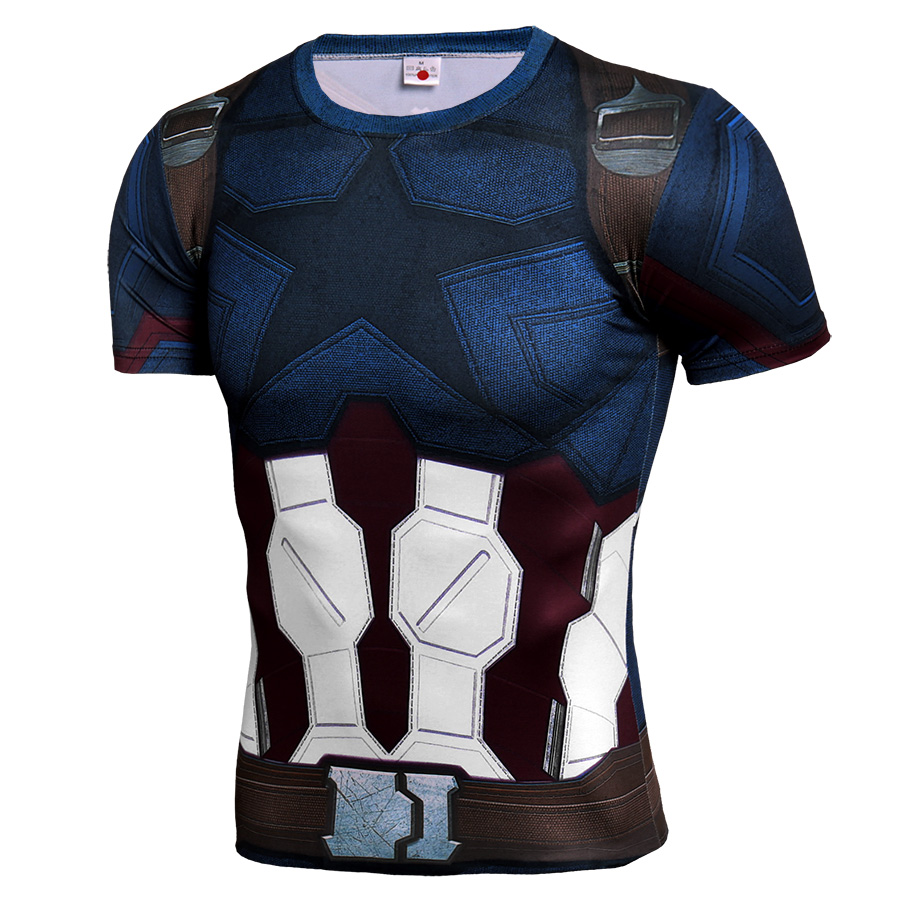- You have no items in your shopping cart
- Subtotal: $0.00
Whether you’re a serious athlete or simply a weekend warrior, there are many benefits to wearing compression garments while exercising. The experts at PKAWAY Sports Medicine weigh in on the types and benefits of compression gear.In this day and age of fitness and exercise we focus so much on what we put into our body. How much of it, what’s in it, and what effect it’s going to have, be it positive or negative.But what about what we put ON our body? Fitness clothing is more important than ever with ever advancing technologies coming in to play, it’s a way we can enhance our performance without any extra effort or training.This week’s FITNESSTOTEM blog is going to take a look at Compression Clothing. We’ll talk you through what it is, and give a rundown of some different pieces of clothing.
Benefits of Compression Gear
Compression garments provide athletes with various health and performance benefits. By applying a balanced surface pressure to specific body parts, compression garments trigger the acceleration of blood flow and increase oxygen delivery to specific muscle groups. This allows athletes to work at a higher rate for a longer period of time, and circulation improvements help the body to recover faster by reducing the build-up of lactic acid. Additional benefits of compression gear include:
- A higher SPF factor than conventional athletic apparel
- Prevention of heat exhaustion by wicking sweat and moisture away from the body
- Reduced chafing in sensitive areas
- Reduced muscle fatigue and soreness during and after workouts
- Reduced muscle oscillations and vibration in skeletal muscles during training and competition
- Helping to prevent injury by reducing the amount of damage that can occur to muscles when they shake on impact
What is compression clothing?
Compression clothing has become somewhat of an umbrella term for items that exist somewhere on a spectrum of super tight and super revealing, often hilariously coloured garments. True compression wear does have a purpose and, if the science is to believed, true benefits. Designed to increase blood and lymphatic flow to the specified limb, compression wear is said to improve performance and shorten recovery time in both athletes and workout warriors when used post exercise. Though they may have started life in the endurance circles of runners and triathletes, athletes such as The Rock and even Wayne Rooney have become synonymous with bulging (though for different reasons) out of compression tops in expertly marketed campaigns for the modern man.
The evidence may not be entirely conclusive with regards to the science of how it all actually works, but studies do exist in which an increase in oxygen uptake to the working muscles, a reduction in blood lactate levels and improved warm ups have all been seen when compression wear is worn post exercise. Compression clothing isn’t just a case of tight fabrics. It is graded in its tightness to ease blood flow, it features wicking properties to reduce sweat pooling and keep the athlete warm. The benefits of compression clothing, no matter how circumstantial, are not only flaunted, they are widely accepted by pretty much everyone in the sport. So much so, that even if the science isn’t conclusive with regards to recovery rates, I wear compression wear during all of my workouts – both in and out of the gym. Long sleeves and wicking fabrics keep me warm and dry on rainy days and tight tops keep me squeezed in when training in the gym. Simply, I’m sold.
Garment Types
Compression socks For Runing:
Compression socks for runners are a super strong elastic sock, typically worn up to the knee. They compress veins on the surface of your leg, as well as arteries and muscles, so that blood is circulated through your legs through smaller circulatory channels
Compression Shorts:
Focusing on the upper leg and the glutes, some compression shorts feature padded protection zones around the joints for impact risk sports such as skiing alongside cup holders for martial artists and cricket players. A study in the Journal of Strength and Conditioning Research found that cyclists who wore compression shorts during a 24 hour rest window between two 40km time trials recovered faster and had a far greater power output than those using a placebo.
Fitnesstotem.com suggests the Elite Core Stability Shorts which offer all of the benefits of compression wear with additional support systems to assist with sports hernia, Gilmore’s Groin and many other upper leg injuries.
Compression Shirts:
Upper Body: Upper body compression apparel is most commonly worn by footballers and gym goers wishing to keep warm during those early morning sessions. Again, evidence for its use during exercise is mixed but one thing’s for sure, wearing a compression jersey whilst out in the cold winds of blighty will keep you warm, dry and comfortable on the pitch.
We suggest Fitnesstotem.com Baselayer Compression T shirt

Levels of Compression
There are four main levels of compression, which are measured in millimeters of mercury (mmHg):
- Mild compression: 8-15 mmHg
- Moderate compression: 15-20 mmHg
- Firm compression: 20-30 mmHg*
Extra Firm Compression: 30-40mmHg*Firm and extra firm compression garments should only be worn after receiving medical advice and are available with a prescription.
For the healthy athlete, mild compression garments are great before, during, and after workouts. Moderate compression garments should only be worn during exercise. Higher levels of compression can result in swelling if not used properly. Compression garments are not designed to be worn while sleeping. You should always consult with a physician before wearing compression to bed.
It is always best to check with your doctor so you are aware of any personal risk factors when using compression gear.
Related Compression Garment
